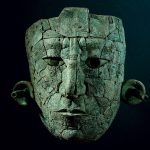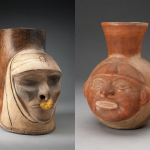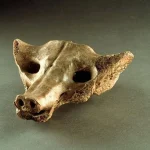Ahhotep I, reigned from 1560–1530 BC
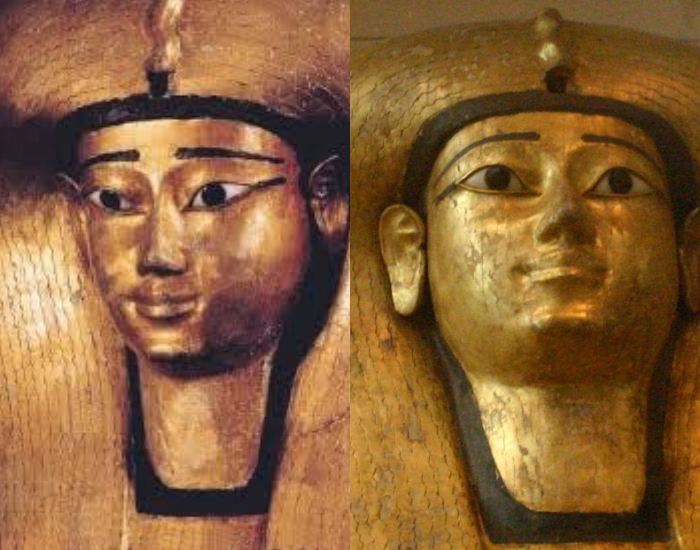
Queen Ahhotep I, daughter of Queen Tetisheri, was the wife of her brother Seqenenre Taa II and the mother of Pharaoh Ahmose I and Queen Ahmose Nefertari. She is also believed to have been the mother of princes Ahmose-Sipair and Binpu, as well as princesses Ahmose-Henutemipet, Ahmose-Nebetta, Ahmose-Meritamun, and Ahmose-Tumerisy.
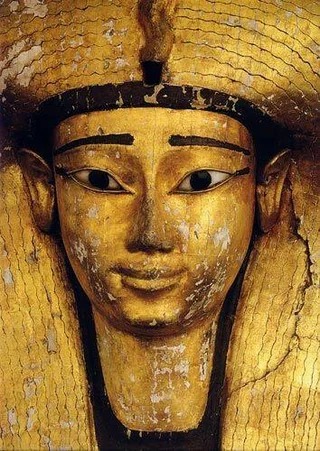
After Seqenenre Taa II was killed in battle against the Hyksos, the throne passed to Kamose—long thought to be his son but now generally regarded as his brother or a senior military leader. When Kamose also fell in combat, Ahhotep took command, rallying the troops and maintaining resistance against the Hyksos until her son Ahmose was old enough to rule.
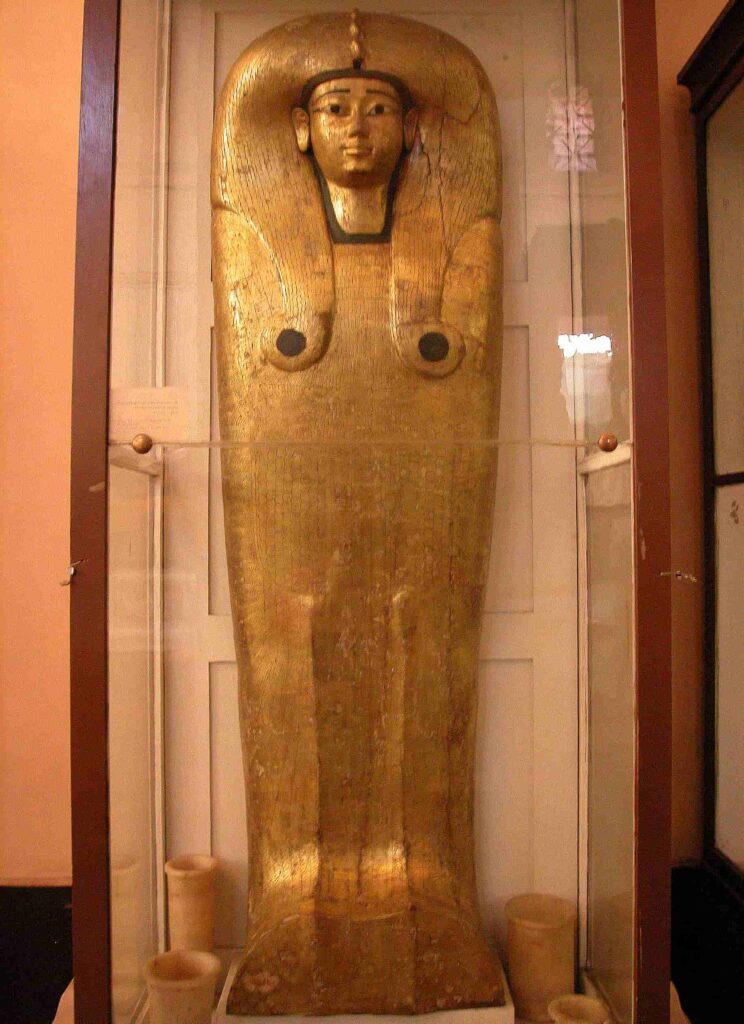
Though there was a brief lull in hostilities, Ahhotep is thought to have personally taken up arms during the early years of her regency to secure her son’s position. A stela commissioned by Ahmose I in the Temple of Amun-Re at Karnak records her achievements:
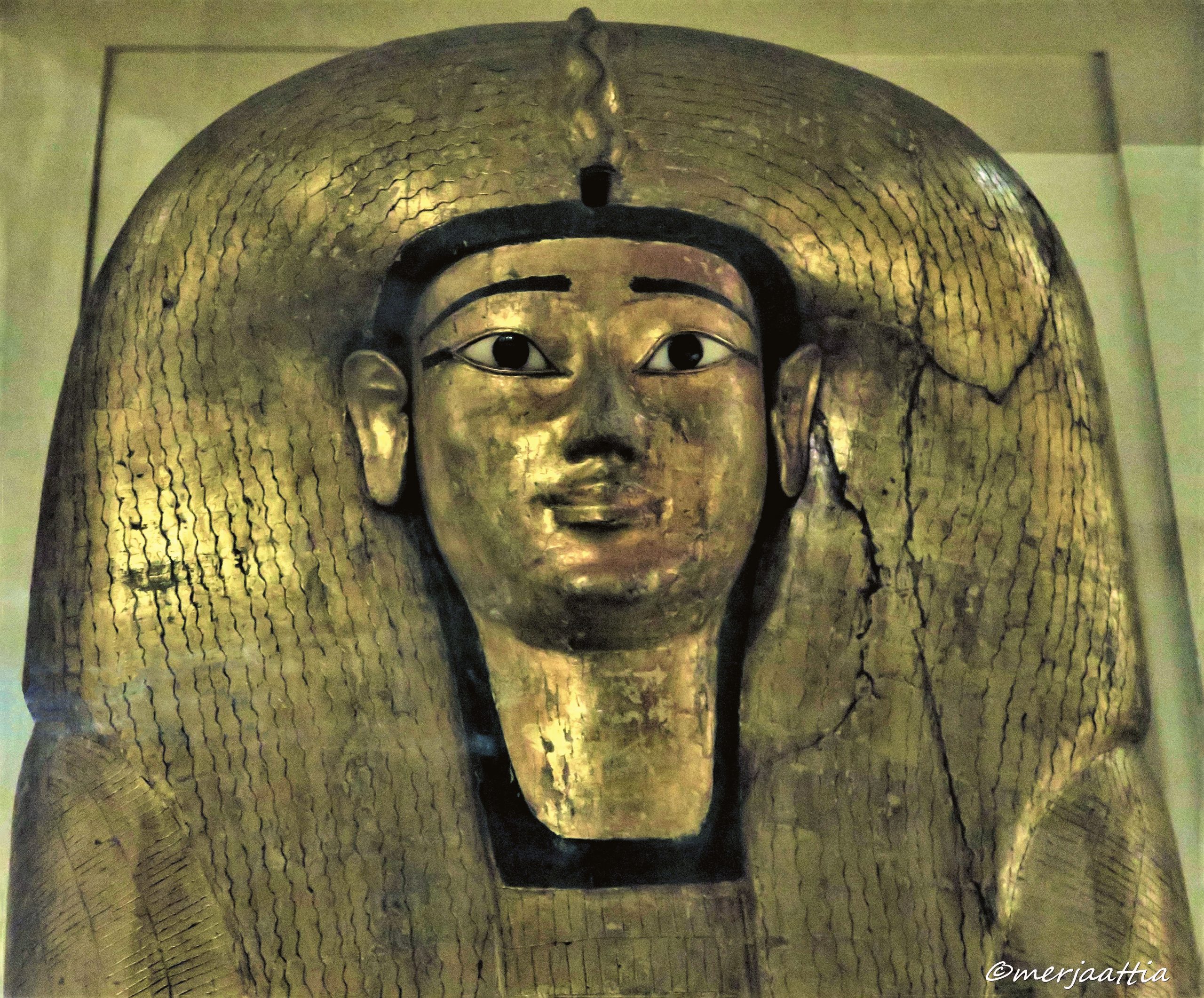
“The king’s wife, the noble lady, who knew everything, assembled Kemet. She cared for what her sovereign had established, guarded it, rallied fugitives, brought back deserters, pacified Upper Egypt, and subdued rebels. The king’s wife Ahhotep—given life.”
When Ahmose finally drove the Hyksos from Egypt and campaigned in Nubia, a faction of Hyksos sympathizers attempted to seize the throne in his absence. Ahhotep suppressed this uprising and was awarded the “golden flies of valor” by her son, along with a cache of exquisite jewelry and ceremonial weaponry. These items were later discovered in her burial assemblage at Dra Abu el-Naga, near the Valley of the Kings. Her original tomb, however, remains undiscovered.
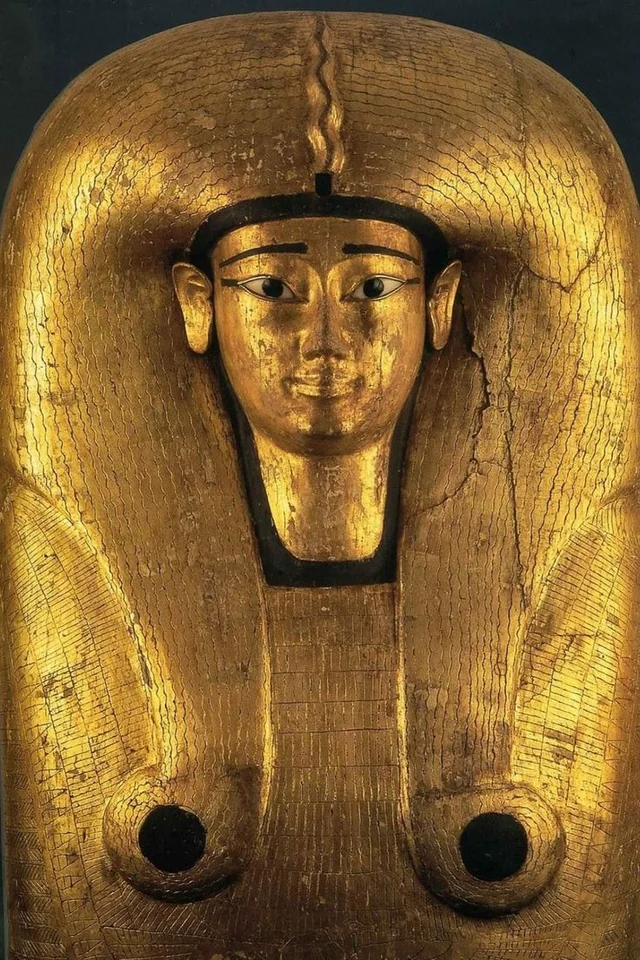
Ahhotep was remembered not only as a queen and regent, but also as a warrior and savior of Egypt, honored for her courage and leadership at a pivotal moment in Egyptian history.
